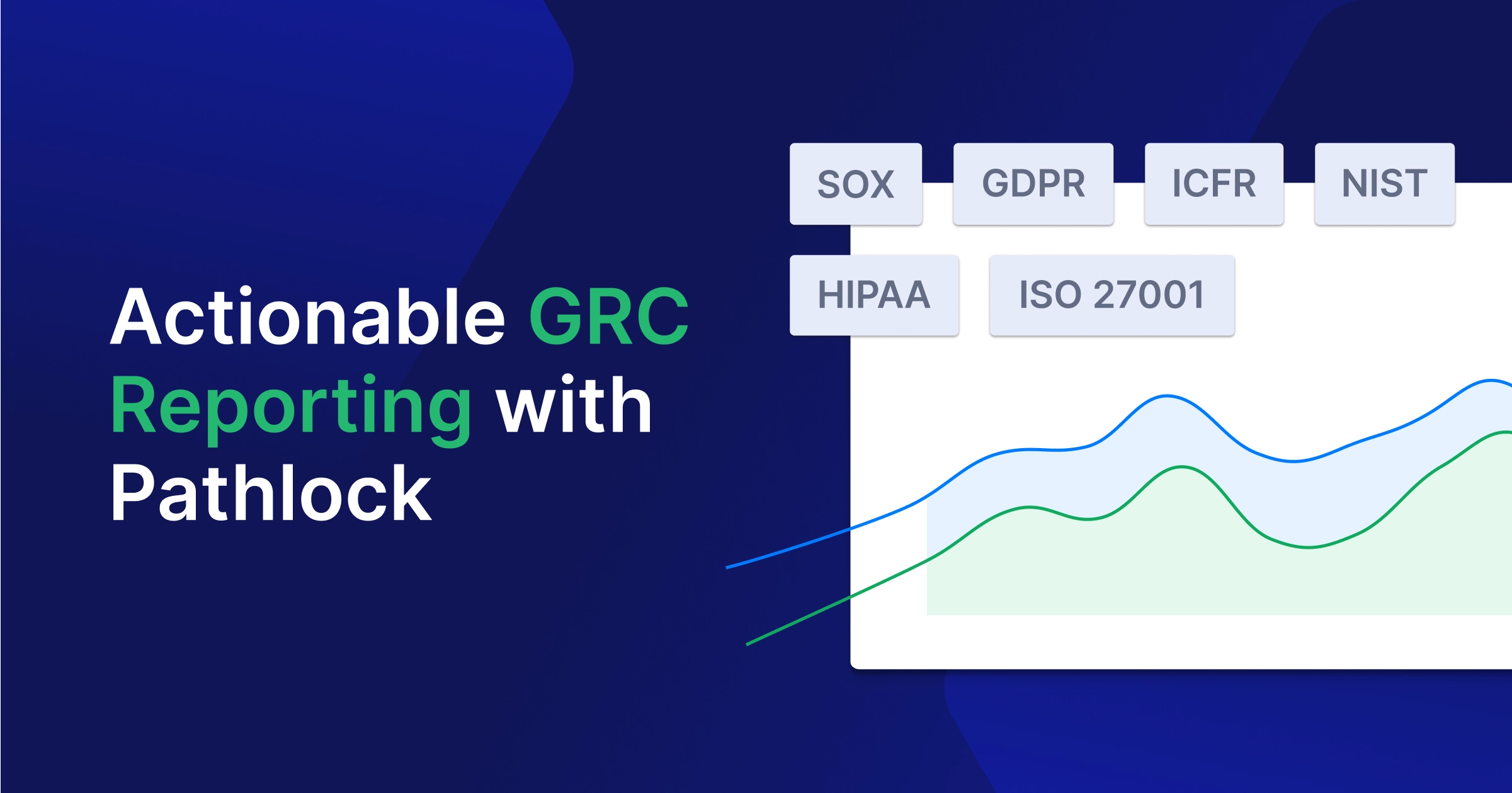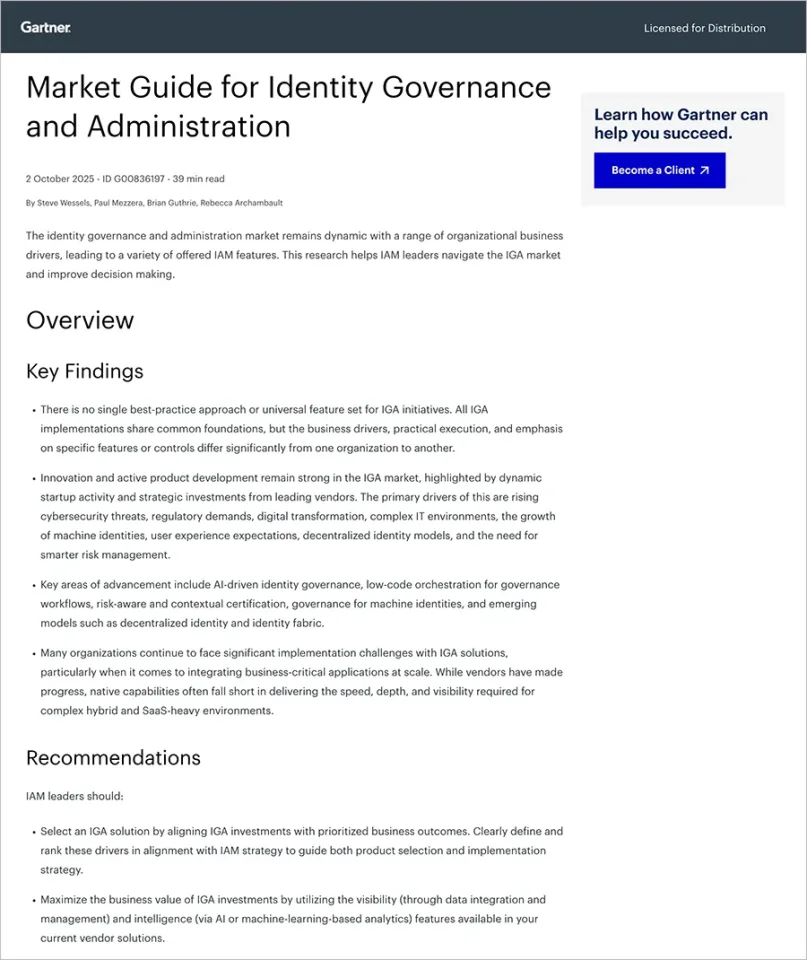Envision a vast corporation that employs thousands of individuals. Each employee needs access to certain systems and applications to do their job. Now, imagine the IT department attempting to manage all these access rights manually. They must grant access when a new employee comes on board, adjust access when an employee’s role changes, and revoke access when an employee leaves. All this while ensuring security and compliance. Seems pretty intricate, doesn’t it? This is the point at which auto provisioning can make a significant impact.
What is Automated Provisioning?
Automated provisioning is a way to manage user access to systems and data. It’s like a gatekeeper who knows exactly who should be allowed in, what they should have access to, and when they should be let out. It follows predefined rules to grant, adjust, or revoke access, which makes the process more efficient and less prone to errors. Plus, it keeps a record of all actions for accountability. Auto provisioning is not only about streamlining administrative tasks. It also enhances security and helps maintain compliance. This is crucial in today’s business environment, where cyber threats are a continuous concern.
The Importance of Automated Provisioning
Improving Operational Efficiency
Automated provisioning significantly increases operational efficiency. Manual management of user access rights can be tedious and time-consuming. Automating this process not only quickens the task but also guarantees accuracy, reducing the likelihood of human error.
When a new employee joins, automated provisioning swiftly creates necessary user accounts and assigns suitable access rights. This accelerates the onboarding process, enabling the new team member to start work immediately. When an employee leaves, the system promptly revokes all access, reducing vulnerability. This agility is a notable advantage in a rapidly changing business environment.
Strengthening Security
Security is a necessity in our interconnected world. Auto-provisioning consistently applies access policies. By automatically granting and revoking access based on predefined rules, it reduces the risk of unauthorized or inappropriate access.
This automatic system removes the human factor, thus lowering the risk of security breaches due to human error or negligence. In an age where threats are getting increasingly sophisticated, automated provisioning is a crucial first line of defense.
Facilitating Compliance
Meeting regulatory and compliance requirements is challenging for any organization. Automated provisioning eases this by ensuring access rights are in line with these standards. It assigns access based on role-based policies, ensuring users have only the necessary permissions corresponding to their roles and responsibilities.
All actions are meticulously documented and preserved by the system. This record supports accountability and aids compliance efforts by providing tangible evidence of access management. With the tightening of data protection regulations, automated provisioning helps businesses show their commitment to maintaining a secure, compliant environment.
Understanding Automated Provisioning
Automated provisioning follows a three-stage process: creation, maintenance, and removal. Also known as joiner-mover-leaver, these stages reflect the lifecycle of user access within an organization. Let’s examine each stage for a better understanding of automated provisioning.
Creation
The process begins with the creation of new user identities. When a new recruit joins, or an existing employee requires access to a new application, the automated provisioning system springs into action. It gathers necessary data from identity sources such as Human Resources systems or Active Directory and then creates a user account.
More than just creating an account, it also assigns suitable access privileges based on predetermined rules and role-based policies. This efficient action accelerates the onboarding process, ensuring the new user has appropriate access right from the start.
Maintenance
User access demands ongoing monitoring and adjustment. As roles change and responsibilities shift, auto-provisioning adapts. If an employee receives a promotion or changes departments, the system modifies the user’s permissions.
This feature upholds the ‘least privilege’ principle, ensuring users have only the access they need for their duties, reducing security risks tied to excess access rights. Consequently, this allows your organization to always maintain compliance.
Removal
When an employee leaves the organization or no longer needs access to specific systems or data, automated provisioning steps up once more. It interfaces with termination or de-provisioning workflows activated by HR processes or other triggers, immediately revoking the user’s access privileges across all relevant applications and systems.
Automated Provisioning in Action: Three Real-World Examples
Automated provisioning enhances both business processes and security. Let’s delve into three practical examples.
Example 1: Streamlining Employee Onboarding and Offboarding
Consider a new hire’s first day at a large organization. Instead of juggling multiple administrative tasks, the automated provisioning system interacts with HR data to create user accounts, assign appropriate access, and set up the new employee with access to the tools and applications necessary for their role. This quick onboarding lets the new recruit get to work without delay.
When an employee leaves, automated provisioning promptly revokes their access rights across all systems. This instant action minimizes the risk of unauthorized use and potential data breaches.
Example 2: Simplifying Role-Based Access Control
Think about an employee progressing from a junior role to a managerial position. This promotion might require access to additional systems or data. Automated provisioning instantly adjusts access when it detects a role change. It updates the user’s privileges, allowing the employee to transition into their new role without access-related obstacles.
By adhering to the principle of least privilege, automated provisioning reduces the risk of over-privileged accounts and boosts security.
Example 3: Managing Multi-Platform Application Access
Today’s employees often use multiple applications and platforms. Manual management of access for these applications can be challenging and error-prone. Automated provisioning simplifies this process.
For example, if a sales representative gains a new client, they might need access to additional CRM systems or marketing tools. Automated provisioning adjusts their access rights across these platforms immediately, equipping them with the necessary tools to serve their new client efficiently.
This automatic access management across multiple platforms increases productivity and ensures consistent access policies, thus strengthening security and compliance.
Benefits of Automated Provisioning
Automated provisioning offers numerous benefits, including enhanced security, increased efficiency, and improved compliance. Let’s delve into the advantages this system provides for organizations.
Robust Security
Automated provisioning enforces access policies consistently, controlling who has access to what and when. This vigilance reduces unauthorized or inappropriate access risks. By eliminating human error, it fortifies the organization’s security.
Improved Efficiency
By automating access management, automated provisioning significantly increases efficiency, freeing IT departments for strategic initiatives. Reducing administrative workload accelerates the onboarding and offboarding process.
Better Compliance
With increasingly complex regulations, automated provisioning enables you to simplify compliance. The system also maintains a detailed record of all actions, providing concrete evidence of access management and easing compliance efforts.
Minimized Insider Threats
Automated provisioning adjusts access privileges dynamically, mitigating insider threats. It ensures employees, contractors, and partners don’t retain unnecessary access after role changes or departures, minimizing unauthorized access risks to sensitive data and systems.
Promoted Operational Agility
The dynamic features provided by automated provisioning solutions promote operational agility. As roles or needs change, the system updates access privileges in real time, removing access management bottlenecks. This agility enhances productivity and allows organizations to adapt swiftly to business requirements.
Boost Efficiency with Pathlock’s Automated Provisioning
Auto-provisioning is a game-changer in a dynamic environment where companies evolve rapidly. It manages access rights, enhancing security, quickening operations, and simplifying compliance efforts. However, the effectiveness of your auto-provisioning depends on choosing an apt solution.
Pathlock’s Provisioning module automates single-system, multi-system, and cross-application user access provisioning to eliminate manual and error-prone processes that typically involve countless layers of approvals across multiple systems. It enables requesters to find the right role, tracks each request, and archives approvals and supporting documents.
The module offers customizable and email-enabled workflows to create, maintain, and remove access across business applications, saving time, effort, and costs. Additionally, the scalable, real-time Separation of Duties (SoD) and sensitive access analysis allow requestors, approvers, and auditors to understand the implications of each request and mitigate risk.
Pathlock allows for user access management across major ERP and business applications. Real-time monitoring of user roles and role usage removes the guesswork from access governance, directing focus on actual violations over theoretical risks. From the initial onboarding of a new employee to adjusting privileges for changed roles, Pathlock enables precise access control at any moment.
Delving further, Pathlock strengthens your security by maintaining comprehensive audit trails by recording all actions for future reference. This transparency aids in maintaining accountability and trust within your organization while complying with set regulations becomes less complicated.
With Pathlock, you’re not merely automating provisioning; you are optimizing it for superior security and efficiency. Click here to see how automated provisioning from Pathlock could be the right solution for your access management needs.



